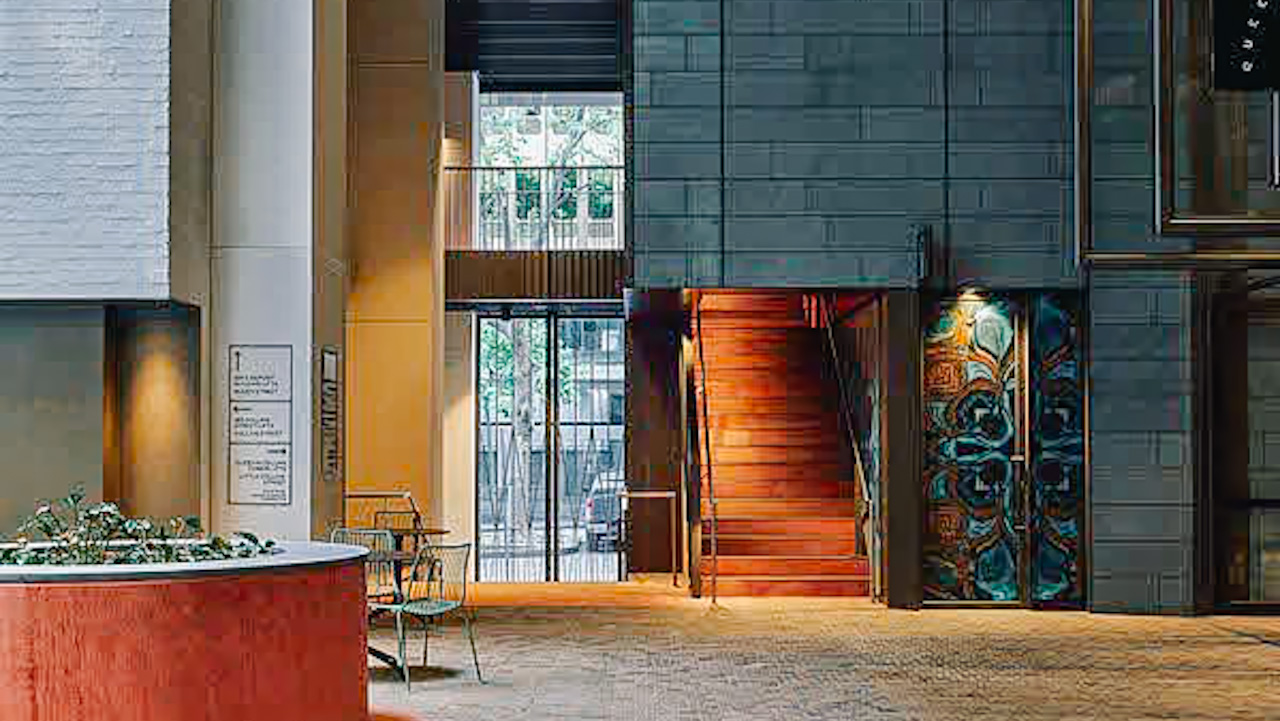Melbourne – Design Excellence Programme
The Design Excellence Programme is a comprehensive initiative that promotes design quality and innovation in Melbourne’s built environment, aiming to create a liveable, sustainable, and equitable city through collaborative and inclusive design approaches.1
Case study
| City | Melbourne – 2024 Special Mention |
| Type | Governance and institutional frameworks |
| Location | Citywide |
 Design Excellence Programme © City of Melbourne
Design Excellence Programme © City of Melbourne
Key issues
Melbourne’s urban design and architecture significantly impact the city’s appeal. Over the years, Melbourne has established a strong identity and reputation for innovative design, enhancing the city’s function, amenity, and attractiveness. As the city evolves, maintaining high design standards is crucial. However, challenges like a performance based planning scheme, fragmented decision-making, and unclear planning schemes hinder private development. A lack of statewide urban design policy and inadequate resources for design excellence processes also pose obstacles. Addressing these challenges can improve processes and elevate design excellence as a key policy expectation in Victoria.
Objectives
The programme aims to promote high-quality design and enhance the built environment in the city. Good design is crucial to Melbourne’s attractiveness, liveability, and prosperity. Design excellence encompasses exceptional architecture, landscape architecture, and urban design, measured by factors like function, liveability, sustainability, and public contribution. It can be achieved in projects of any scale and value, not just iconic buildings. As a design capital, Melbourne exports design services globally, making it a design laboratory. Promoting design excellence supports social, physical, and environmental outcomes, fosters a creative economy, and enhances the city’s brand and identity.
Key strategies
The programme features five key streams: Leadership, Design Review, Competitive Design, Awards, and Design Policy. The Leadership stream established the Design Excellence Advisory Committee (DEAC), a platform for industry, academia, and community members to engage with design challenges and opportunities. The DEAC comprises eight technical experts, five community members, and three technical advisors, ensuring diverse perspectives.
The Design Review stream features the Melbourne Design Review Panel (MDRP), which advises the city on improving design quality. The MDRP consists of experts in architecture, landscape architecture, and urban design, with additional technical expertise as needed. During its 12-month pilot programme, the MDRP reviewed 12 locally significant projects, demonstrating its value in enhancing design capability and complementing planning approval processes.
The Competitive Design stream prepares draft Design Competition Guidelines to elevate design quality for private development and council-owned sites. The Awards stream promotes design excellence through the City of Melbourne Urban Design Award, recognising projects and organisations that have shaped the city’s skyline and progressed design innovation. The Design Policy stream supports the Central Melbourne Design Guide, facilitating high design quality for developments in Central City and Southbank. This guide ensures consistent and high-quality design in the city’s central areas.
Impacts
The programme has delivered numerous benefits to the urban environment and local community. By enhancing the design quality and public contribution of private development of all scales, the programme has improved the overall aesthetic and functionality of the city’s built environment. The programme has enabled high-quality outcomes on city-shaping Council-led projects in the public realm, further enhancing the city’s liveability. The programme has also reinforced the city’s commitment to design excellence in the built environment, supporting the creation of a liveable city for all.
The programme has established positive and collaborative working relationships with the property and development industry, fostering a spirit of cooperation and mutual respect. It has also improved design literacy and understanding of the built environment among the general public, empowering citizens to engage more meaningfully with the design of their city. Finally, the programme has demonstrated the value of design and the design industry in enabling vibrant, sustainable, and equitable places, highlighting the critical role that design plays in shaping the city’s future. O
-
The information in this case study is correct as of 2023. ↩

